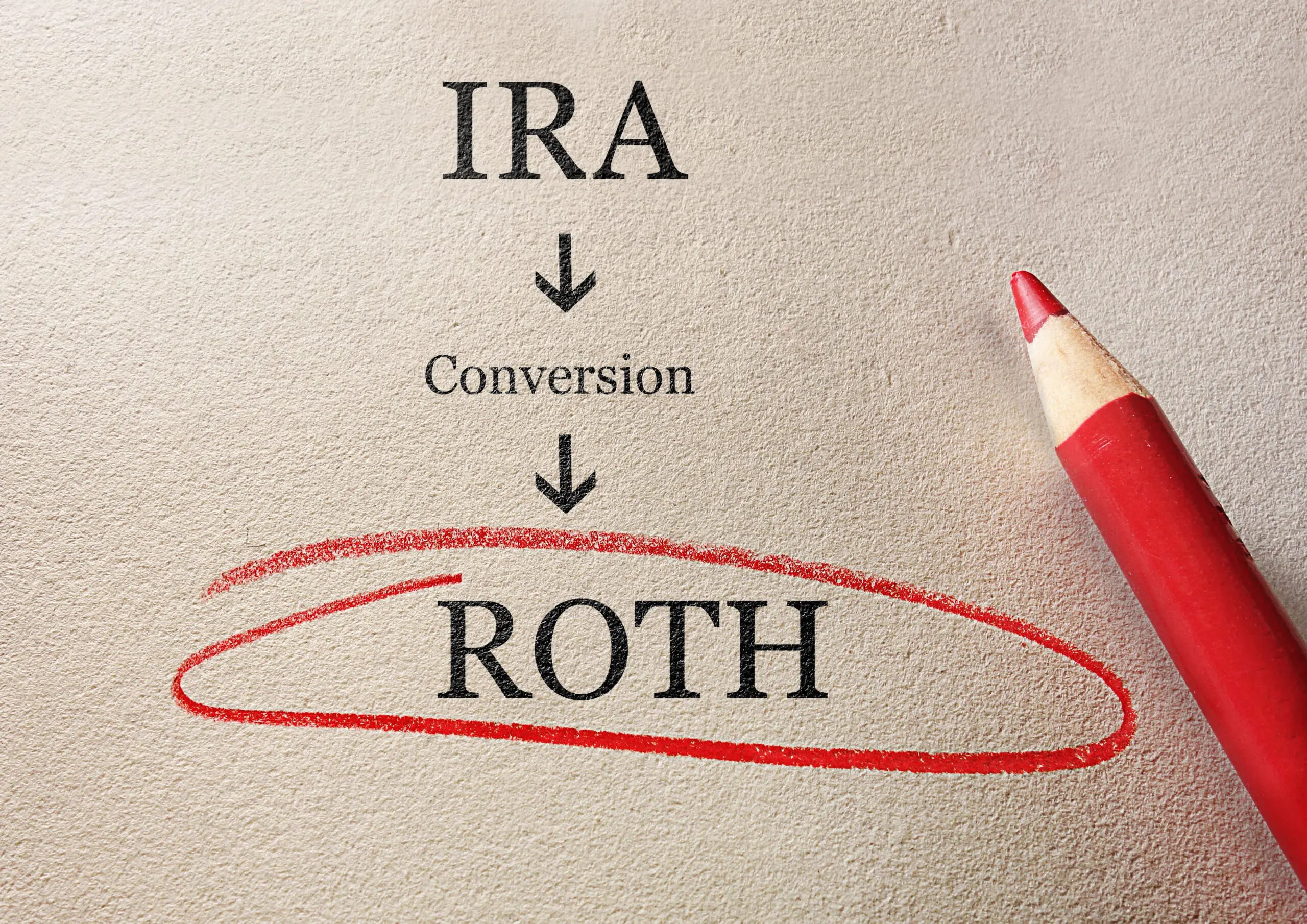Imagine the allure of a retirement account where your proceeds are entirely tax-free. The concept of a Roth Conversion enables individuals to transform funds from pre-tax accounts (Traditional, SEP, SIMPLE Solo(k)) into a tax-free haven – the Roth IRA. In this guide, we’ll explore the dynamics of Roth Conversions in 2024 and whether it makes sense for your financial strategy.
How to Execute a Roth Conversion:
Completing a Roth Conversion from a traditional IRA to a Roth IRA involves a few steps:
Same Trustee Transfer:
If both your traditional and Roth IRAs are held at the same financial institution, instruct the trustee to transfer a specific amount from your traditional IRA to your Roth IRA.
Understanding the Tax Dynamics:
Traditional pre-tax retirement accounts, such as Traditional, SEP, and SIMPLE Solo(k), feature contributions that haven’t been taxed, with profits growing tax-deferred. Because of this pre-tax status, taxes are incurred upon taking distributions. In contrast, a Roth IRA holds after-tax funds – contributions have already been taxed, and profits grow tax-exempt.
The IRS allows a shift from pre-tax to after-tax funds through a “Roth Conversion,” with taxes paid on the converted amount. It’s advisable to consult your tax advisor to align the conversion with your overall tax strategy.
Back-Door Roth:
While not suitable for everyone, a Roth Conversion presents a workaround for individuals whose income exceeds Roth Contribution limits. Unlike direct contributions, Roth Conversions have no income limits, leading to the creation of the “Back-Door Roth.” Self-employed individuals with Simple and SEP IRAs can capitalize on higher contribution limits and subsequently convert funds to a Roth account. As a result, you can grow your retirement savings tax-free.
Strategic Considerations:
Tax Bracket Management:
– Consider a Roth Conversion in years with lower income, as the taxes paid depend on your tax bracket.
Market Timing:
– If the value of assets in retirement accounts is low, consider converting before a potential market rebound to pay taxes on a smaller amount.
Important Notes:
Asset Appraisal:
– Non-publicly traded assets may require a current market appraisal before conversion.
Tax Implications:
– Roth IRA distributions in retirement are tax-free, providing a tax advantage. Consult your tax advisor to assess the potential benefits of a Roth Conversion.
Conclusion:
Embarking on a Roth Conversion journey in 2024 involves understanding the tax dynamics and aligning the strategy with your unique financial circumstances. While the allure of tax-free retirement proceeds is compelling, consulting with your tax advisor is crucial to determine if a Roth Conversion makes sense for you. The decision to shift to a Roth IRA involves taxation of untaxed amounts in the traditional IRA, a process reported on Form 8606. For more insights, refer to Publication 590-A, Contributions to Individual Retirement Arrangements (IRAs).
uDirect IRA Services, LLC is not a fiduciary and we do not offer investment advice. This article is intended to point you in the right direction when it comes time to convert your pre-tax retirement assets to Roth. Please contact uDirect with your questions at info@uDirectIRA.com. You will find a Roth Conversion Form HERE.

